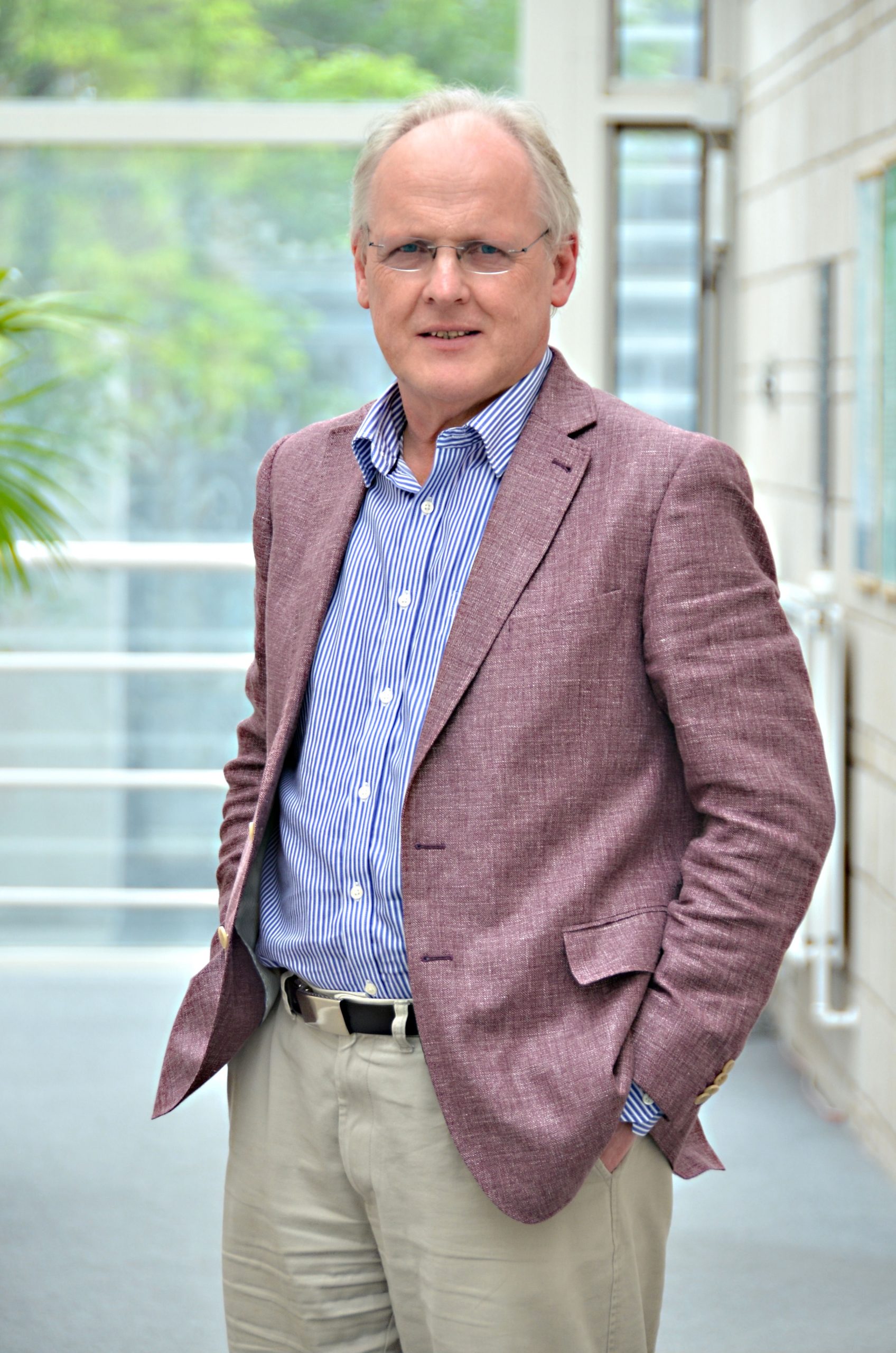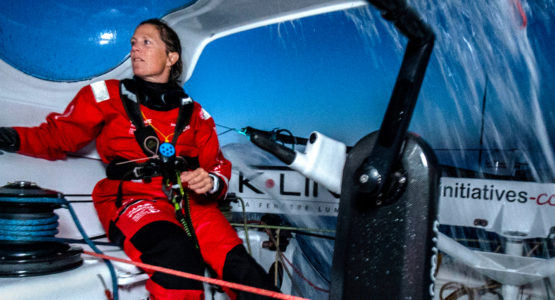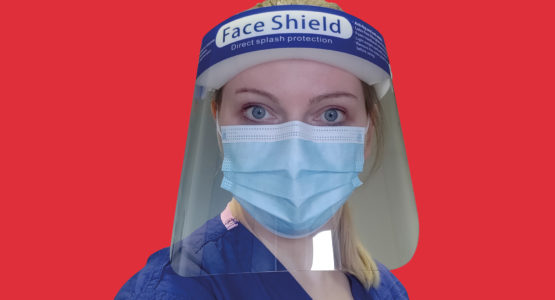Johnian magazine issue 47, spring 2021
Playlist: a computer scientist’s choices

ICL Professor of Computer Engineering at the University of Manchester Steve Furber (1971) summarises his career so far, from making his first computer models in the 1970s and developing the ARM microprocessor in the 1980s to his present research using neuromorphic models of neurons and synapses to better understand the brain.
I came up to St John’s to read maths (this involved very little reading) in 1971, stuck around for Part III, and then took a PhD in aerodynamics. After those seven years at St John’s I took up the Rolls Royce Research Fellowship at Emmanuel. During my PhD and Research Fellowship I got drawn into the Cambridge University Processor Group – a student society for folk who liked making computers for fun.
I made computers that were useful in my aerodynamics research and for writing my PhD thesis. This led to a peripheral involvement with the embryonic Acorn Computers company, which I joined full-time at the end of my Research Fellowship.
Acorn was in the throes of developing the BBC Microcomputer, which was based on a design I had put together the previous year. Following the success of the BBC Micro, we developed the Acorn RISC Machine (ARM) – a microprocessor whose roughly 200 billion descendants now power pretty much all mobile phones and tablets, not to mention the world’s most powerful supercomputer (the Japanese Fugaku machine) and the ‘Apple Silicon’ Mac laptop that I am typing this text into.

In 1990 I moved to the ICL chair at Manchester. The chair was endowed by the British mainframe computer company International Computers Limited (ICL), which emerged from a series of mergers over the first half century of the UK computer industry. ICL was bought by Fujitsu in 1998 and, so far as I am aware, all that remains of the ICL name is the chair and a pension fund.
For the last 20 years the focus of my research has been the SpiNNaker (Spiking Neural Network Architecture) machine that incorporates a million ARM processors and was designed to support real-time models of brain subsystems.
We all critically depend upon the brain, but we understand very little about the organ’s function as an information processing system. SpiNNaker was therefore designed to contribute to the scientific grand challenge of understanding the principles of how the brain operates.
My motivation for developing SpiNNaker derived from the 20 years I had spent designing conventional computers. The last models I worked on were a thousand times more powerful than those I started with in the late 1970s, but they still struggled to do things that we humans find easy from a very early age, such as recognising another human face.
Brains and computers are both information processing systems, but their relative strengths and weaknesses are very different. I wanted to know what it is about brains that makes them so different. Could I, as a computer engineer, contribute to the quest to understand some of the brain’s secrets?
In many ways what emerged from this thinking looks like a conventional computer, but with one significant difference. Brains are very highly connected, with each basic brain cell – a neuron – connecting to many thousands of other neurons. This makes building models of brains on conventional computers difficult. SpiNNaker therefore has a bespoke communications infrastructure that enables it to support models of brain subsystems with realistic connectivity, making it particularly good at this one, rather specialised, task.
The next half century cannot simply be a continuation of the last half century in the way that technological advances emerge.
SpiNNaker is still basically a computer, so models of individual neurons and synapses (the connections between the neurons) are written in software. It is therefore relatively easy to change these models, for example to introduce new learning rules.
There are several other so called ‘neuromorphic’ (brain-like) computing systems around the world, but they generally adopt a more hardware-based approach to modelling. There are pros and cons to the various approaches, but with SpiNNaker we have chosen in favour of the flexibility offered by software at the cost of reduced energy-efficiency compared with hardware-based systems.
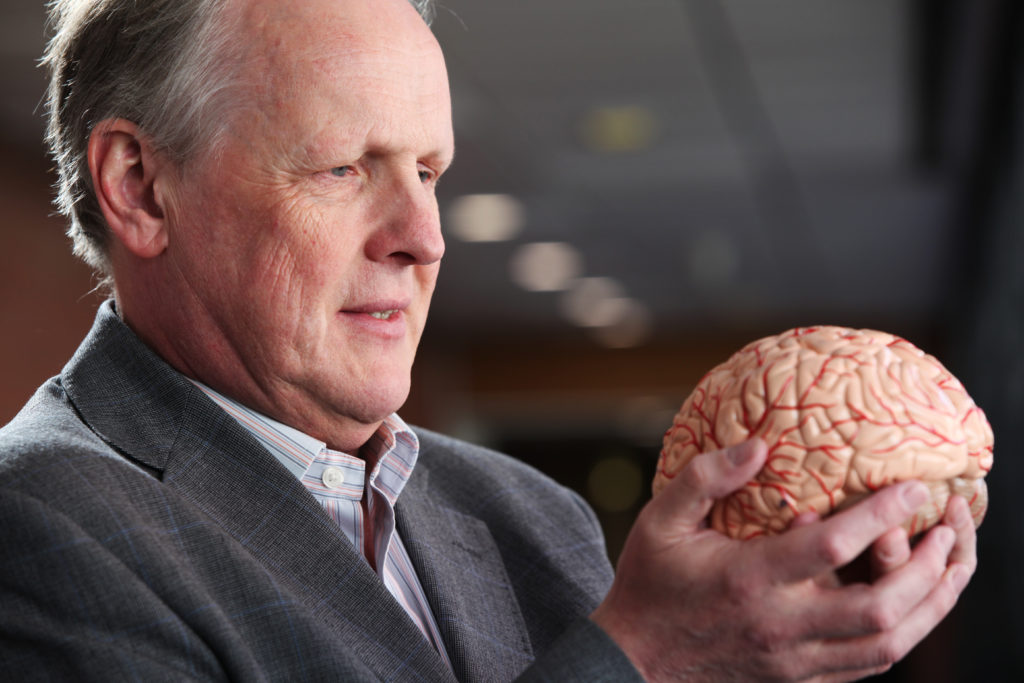
Computer technology has advanced spectacularly over my lifetime, mainly as a result of finding ways to make the transistors from which computers are built ever smaller. But we are now approaching physical limits.
The computer I am using to write this uses 5-nanometre technology, and there are about 20 silicon atoms in 5 nanometres. There are various reasons (such as the fact that the transistors are now built in three dimensions) why this is a slightly misleading perspective, but in any case the technology is approaching atomic scales, and the next half century cannot simply be a continuation of the last half century in the way that technological advances emerge.
As a result, the industry is actively looking for new approaches to computing, and brain-inspired computing is among the front runners, along with even more arcane developments such as quantum computing. SpiNNaker is well positioned to contribute to advances in brain-inspired computing as well as in brain science, and it will be fascinating to see where this line of thinking might take us over the coming years.
Steve’s playlist choices
The Moody Blues, The Dream (1969)
During my early teens I didn’t really get caught up in the music revolution of the times until a friend exposed me to The Moody Blues, who have provided much of the theme music for the rest of my life.
Their album On the Threshold of a Dream was some sort of revelation for me. As I was born on 21 March, which I still consider to be the first day of spring, ‘spring’s new hope’ in The Dream always resonates with me (though my mother would not have thought the same about ‘born of leaves decaying’!).
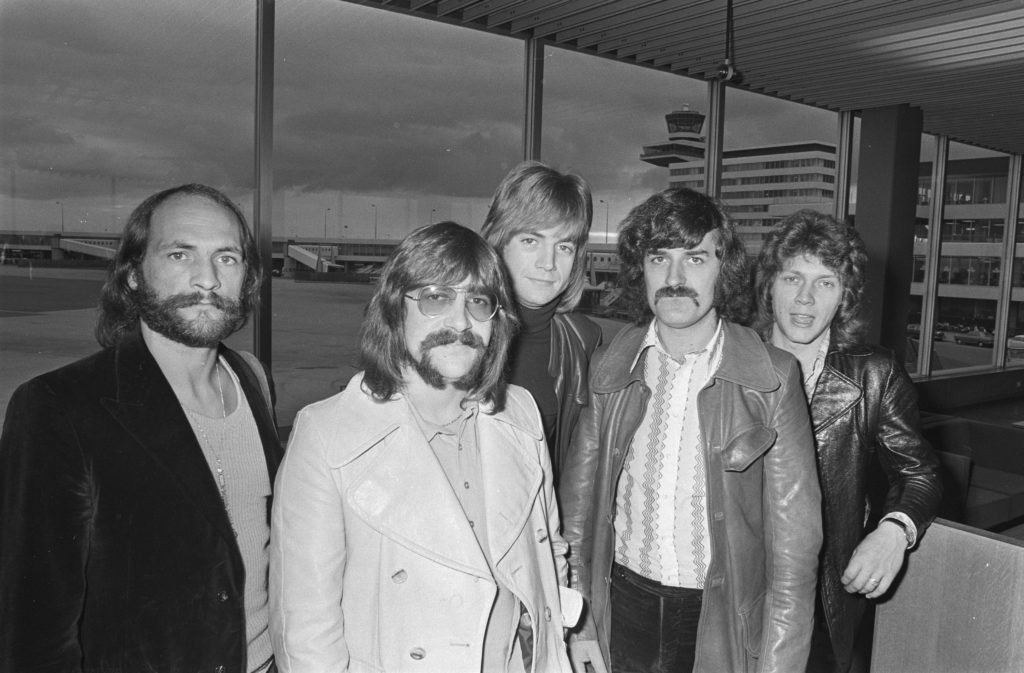
Flanders and Swan, A Transport of Delight (1960)
Although both of my parents sang in the Marple Congregational Church choir, and I was sent for (rather fruitless) piano lessons at an early age, my childhood was not filled with music.
My parents had a record player but few records, most of which were not at all to my taste. However, there was one exception: Michael Flanders’ and Donald Swann’s At the Drop of a Hat, which I still love to this day.
20th Century, Gethsemane (1972) – listen to the song
I was awarded my place at St John’s at the tender age of 16, but was advised not to take it up until a year later. I spent much of my ‘gap year’ (actually a gap 18 months, before gap years had been invented!) in Canada at McGill, Montreal and then at a YMCA day summer camp in Meadville, Pennsylvania, making use of my free time to learn to play guitar.
This turned out to be a good use of that time as much of my social existence as an undergraduate was invested in the 20th Century Christian Music Group, a student society that played modern music in churches all around the country, including taking their album A Folk Passion on tour each Easter vacation.

Wishbone Ash, Everybody Needs a Friend (1973)
20th Century was, perhaps, a bit middling in terms of musicianship – there were some very good musicians there, though I wasn’t one of them! – but it was outstanding as a matchmaking agency, and it was there that I met Valerie, my wife-to-be.
I was in my 2nd year, in K4 Second Court, sharing with Pete Hobson, who became my best man and also did the behind-the-scenes work to rebury Richard III at Leicester Cathedral (see his book How to Bury a King). Pete came across Val in the Porters’ Lodge, asking for ‘Steve Furber’s room’ because I was then President of 20th Century and was holding a meeting for prospective new members.
He came back excitedly reporting that there was ‘a 5’3” blonde girl in the porters’ lodge, and she’s asking for you!’. A song that Val sang with the group, and on which I played lead guitar, was Everybody Needs a Friend by Wishbone Ash.
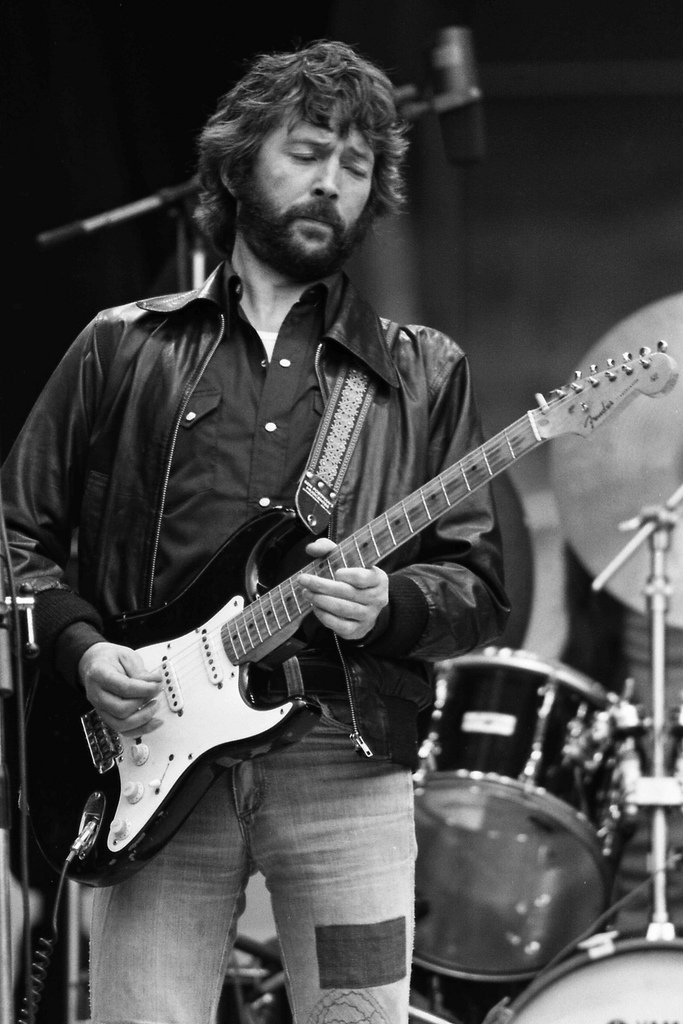
Eric Clapton, River of Tears (1998)
Val and I have continued our involvement with modern church music ever since our time at Cambridge. For the last 30 years (at least until the coronavirus lockdown) I have played electric bass, but as a former (if not very good) lead guitarist I still love the sound of that instrument, especially when played slowly and melodically by one of the greats.
For guitarists of my era there is none greater than Eric Clapton, and to my mind no better example than River of Tears.
Written by
Steve read Maths at St John’s and worked for Acorn developing ARM, a microprocessor whose roughly 200 billion descendants now power pretty much all mobile phones and tablets. Since 1990 he has been the ICL Professor of Computer Engineering at the University of Manchester, where for the last 20 years he has been using neuromorphic models of neurons and synapses to better understand the brain.

